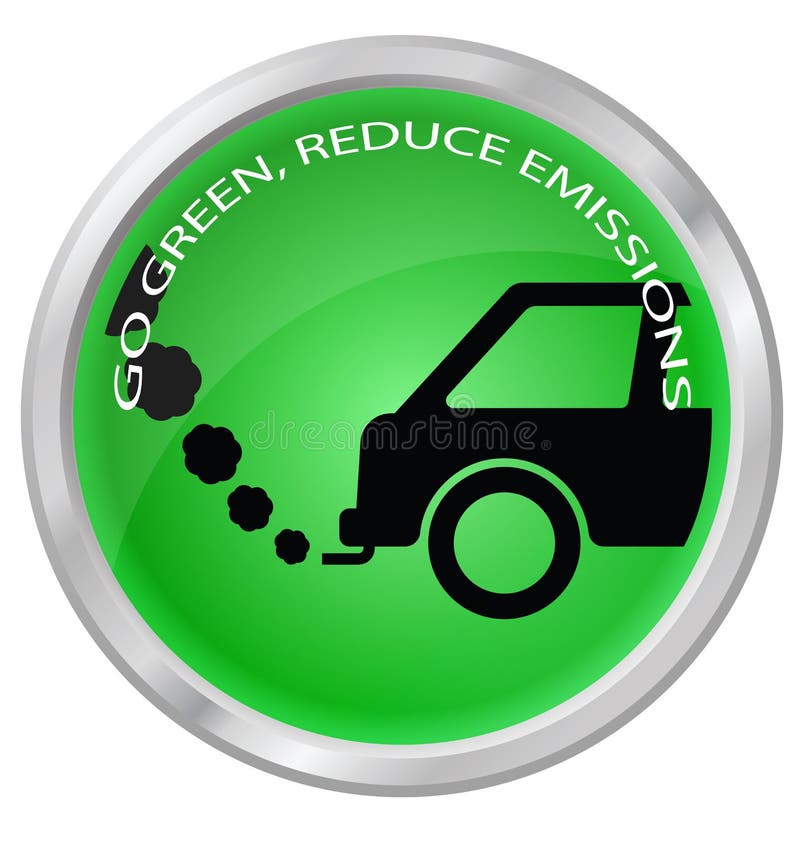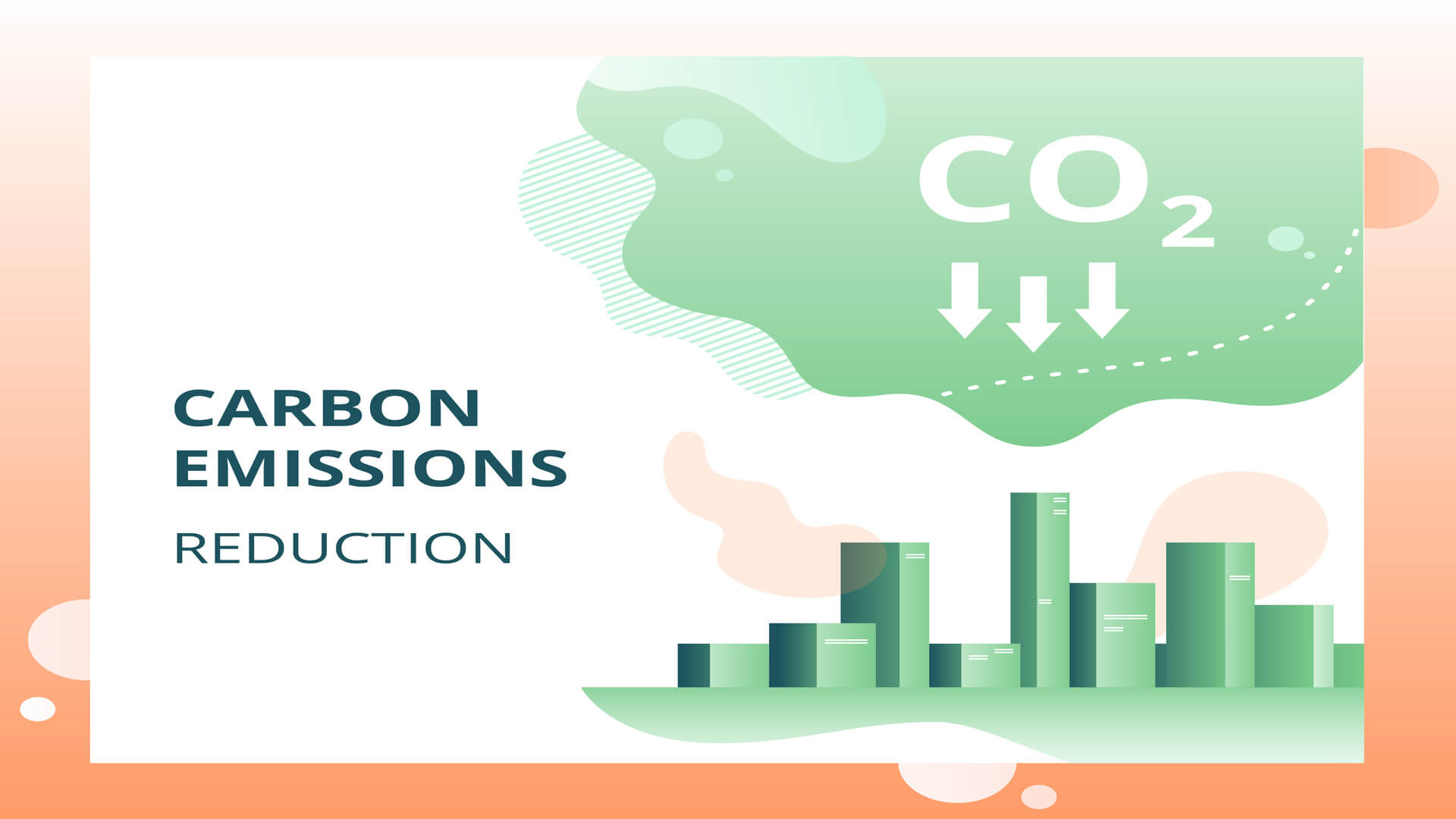
To reduce the power consumption of air-conditioning systems in buildings, the Government has been encouraging the use of efficient air-conditioning systems, reducing air-conditioning consumption by end users and promoting the adoption of good passive building design. What is being done to reduce the power consumption of air-conditioning systems in buildings? Companies with projects that can achieve significant abatement, those that have made early efforts to be energy efficient, and SMEs may receive higher grant support.ĥ. The grants companies receive will correspond to the abatement achieved, up to the cap. The funding support for the adoption of energy efficient technologies under EDB’s Resource Efficiency Grant for Energy (REG(E)) and NEA’s Energy Efficiency Fund (E2F) will be increased from the existing cap of 30 per cent, to 50 per cent of the qualifying costs with effect from 1 January 2019. For the manufacturing sector, EDB and NEA are enhancing grants to better support industrial facilities to be more energy efficient and improve competitiveness. For the power sector, EMA’s Genco Energy Efficiency Grant Call will co-fund up to 50 per cent of energy efficiency projects by power generation companies over the next five years. The Enhanced Industry Energy Efficiency Package was announced on 30 October 2018 to support companies in their drive to become more energy efficient. The Government is prepared to spend more than what will be collected in the initial five years (i.e., more than $1 billion, from 2019 to 2023), to support Singapore companies to become more energy efficient and improve competitiveness. How will the Government help companies improve their energy efficiency? These incentives were further enhanced in 2018 to give stronger support to companies in their drive to become more energy efficient and reduce carbon emissions. Singapore has also introduced Industry Energy Efficiency (IEE) incentives in 2010 to encourage industrial and power generation facilities to be more energy efficient through the adoption of energy efficient technologies and equipment. Under the ECA, large energy users in the industry and transport sectors that consume more than 15 gigawatt-hours (or 54 terajoules) of energy per year are required to observe the following requirements:Ĭ) Submit plans for energy efficiency improvements to the appropriate agencies ĭ) Conduct energy efficiency assessments periodically to identify opportunities for improvements Į) Implement a structured energy management system į) Ensure that new or retrofits of energy intensive facilities are designed to be energy efficient. The Energy Conservation Act (ECA) aims to promote a coordinated approach to energy efficiency that will help large energy consuming companies to identify and address inefficiency gaps within their organisations. Are there plans to get big energy users in the industry to reduce their energy consumption? The UNFCCC accounts for international bunkers as a separate category without assigning the emissions to individual countries.ģ. This results in a gross over-estimation of Singapore’s carbon footprint as it sits on a vital global shipping route, and has one of the busiest transhipment ports in the world. Some reports also allocate international marine and aviation bunker emissions to each country in proportion to the country’s share of international trade volume. While we can reduce consumption, improve operational efficiency, and reduce the carbon footprint of activities taking place within Singapore, we have no control over the production and transport of imports - and their embodied carbon emissions. Given our limited land area and scarce natural resources, Singapore is heavily-reliant on imports of food, materials and goods to sustain daily living and economic activity. Using the UNFCCC methodology, Singapore contributes around 0.11 per cent of global emissions. This deviates from the internationally-accepted carbon accounting methodology of the United Nations Framework Convention on Climate Change (UNFCCC), whereby embodied emissions on imported goods accrue to the exporting country instead. Is it true that Singapore has a very high carbon footprint?Ĭarbon footprint accounting usually attributes the embodied carbon emissions of imports to the importing country.
#Reduce carbon emissions update#
Details of Singapore’s greenhouse gas inventory can be found in Singapore’s Biennial Update Report to the United Nations Framework Convention on Climate Change (UNFCCC).Ģ. The most significant greenhouse gas emitted in Singapore is carbon dioxide, primarily produced by the burning of fossil fuels to generate energy used in the industry, building, household and transport sectors.


What is the main greenhouse gas emitted in Singapore?


 0 kommentar(er)
0 kommentar(er)
